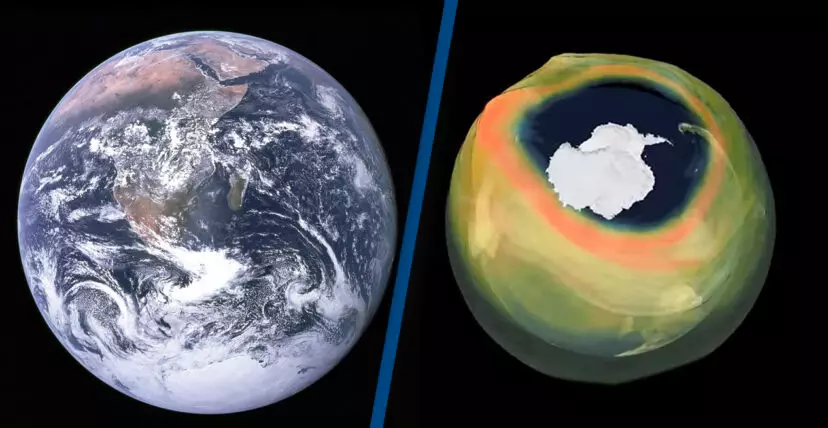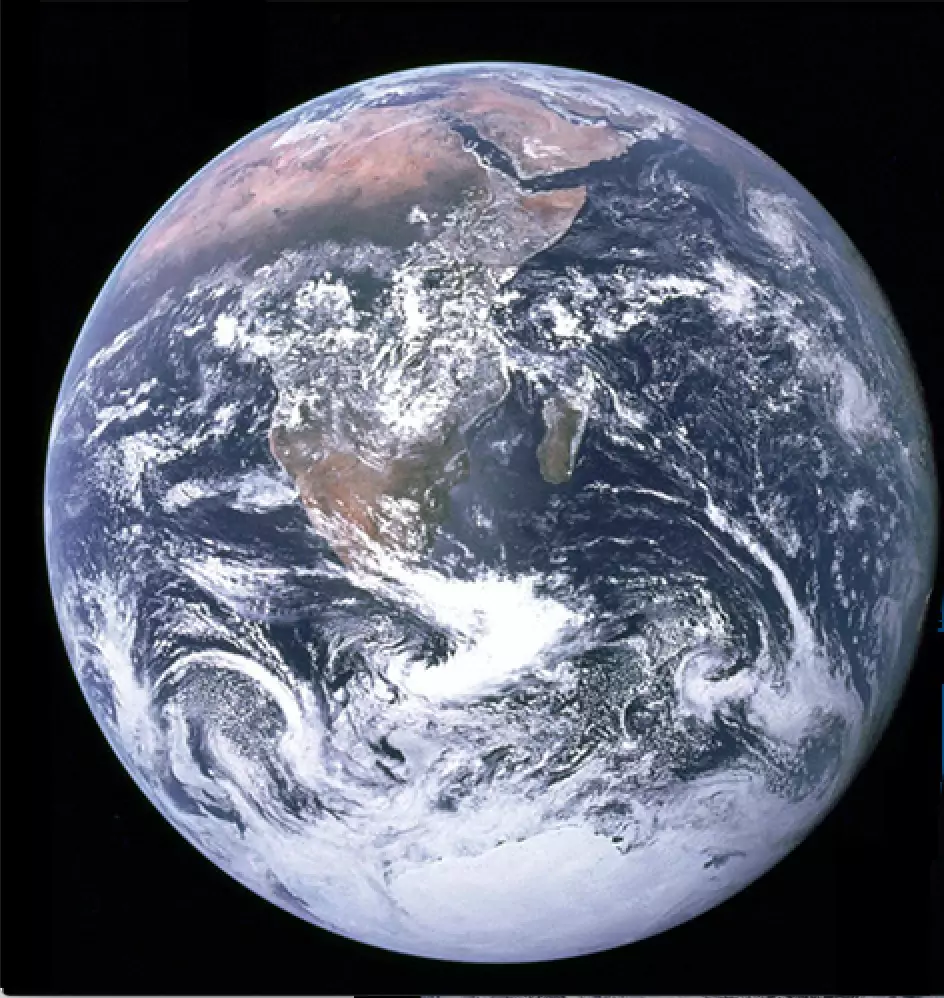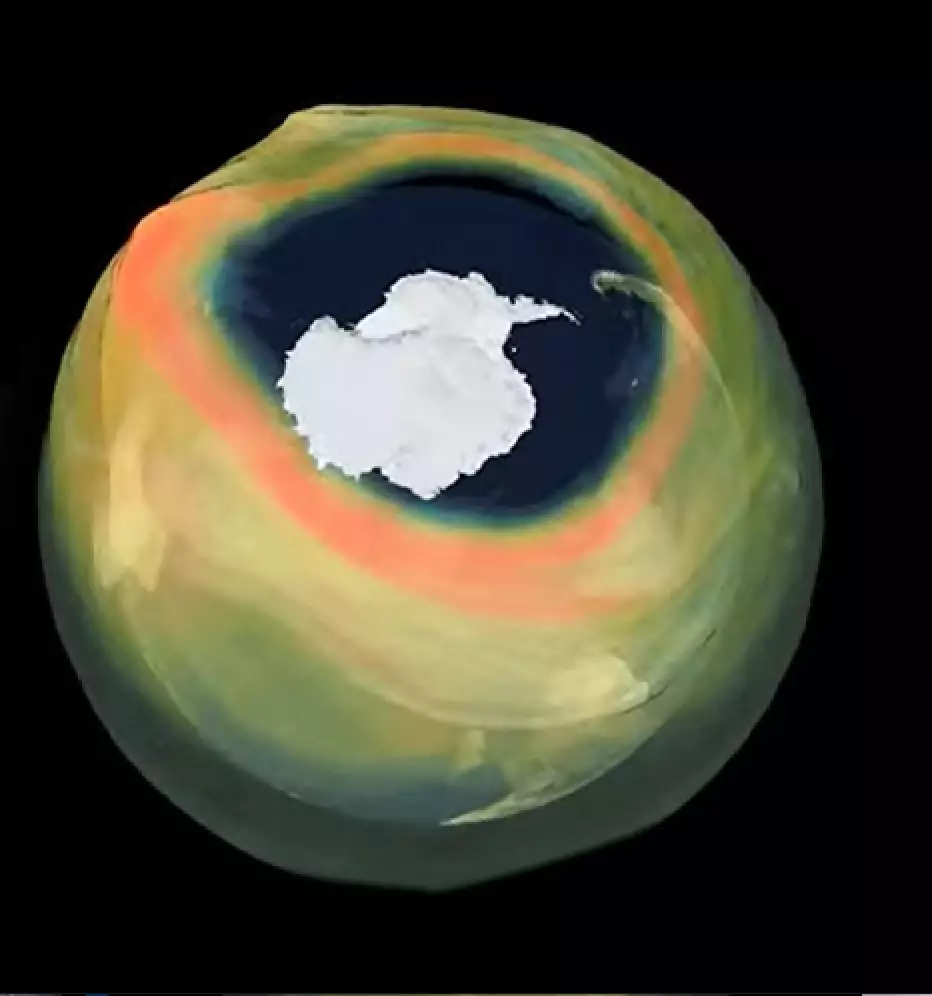
As if 2020 couldn't get any worse. The ozone hole over Antartica is the largest, and the deepest, it has ever been.
The ozone layer is an important part of ensuring the Earth and its inhabitants are kept safe from absorbing harmful ultraviolet radiation from the sun. It lies in the Earth's stratosphere and damage or changes to it usually signals the effects of climate change.
Advert
Greenhouse gases are known to deplete the Earth's ozone layer.
The hole above Antartica is seasonal and its size changes as we head into the winter months.

The European Space Agency (ESA) said in a statement: "When temperatures high up in the stratosphere start to rise in the southern hemisphere, the ozone depletion slows, the polar vortex weakens and finally breaks down, and by the end of December ozone levels return to normal."
The hole last year measured 16.4 million square kilometres. However, findings from the Copernicus Sentinel-5P satellite, which keeps an eye on the ozone layer, showed this year's hole to reach its maximum size of 25 million square kilometres on October 2, comparable to similar sizes in 2015 and 2018.
Advert
Last year NASA and NOAA scientists reported that due to abnormal weather patterns in the upper atmosphere over Antarctica, ozone depletion was "dramatically" limited resulting in the smallest ozone hole observed since 1982 when records began.

The thinner the ozone layer above Earth, the more susceptible humans could become to things like skin cancer, cataracts and weak immune systems, according to Nasa.
Advert
The changing size of the ozone hole depends on a 'strong wind band that flows around the Antarctic area', the ESA said. 'If the band of wind is strong, it acts like a barrier: air masses between polar and temperate latitudes can no longer be exchanged.'
The largest hole size recorded was actually 29.9 million square kilometre in 2000.
Topics: climate change, Health